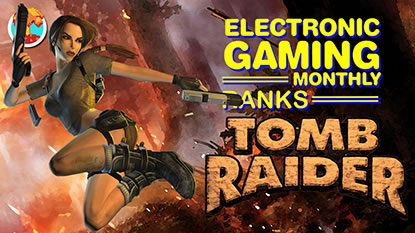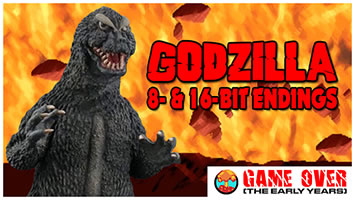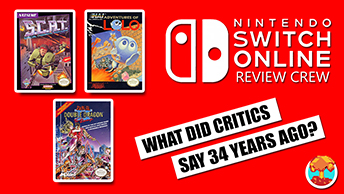- CLASSIC MAGAZINES
- REVIEW CREW
A show recapping what critics thought back
when classic games first came out! - NEXT GENERATION'S BEST & WORST
From the worst 1-star reviews to the best
5-stars can offer, this is Next Generation! - NINTENDO POWER (ARCHIVE)
Experience a variety of shows looking at the
often baffling history of Nintendo Power! - MAGAZINE RETROSPECTIVE
We're looking at the absolutely true history of
some of the most iconic game magazines ever! - SUPER PLAY'S TOP 600
The longest and most ambitious Super NES
countdown on the internet! - THEY SAID WHAT?
Debunking predictions and gossip found
in classic video game magazines! - NEXT GENERATION UNCOVERED
Cyril is back in this spin-off series, featuring the
cover critic review the art of Next Generation! - HARDCORE GAMER MAGAZING (PDF ISSUES)
Download all 36 issues of Hardcore Gamer
Magazine and relive the fun in PDF form!
- REVIEW CREW
- ELECTRONIC GAMING MONTHLY
- ELECTRONIC GAMING MONTHLY RANKS
From Mario to Sonic to Street Fighter, EGM
ranks classic game franchises and consoles! - ELECTRONIC GAMING MONTHLY BEST & WORST
Counting down EGM’s best and worst reviews
going year by year, from 1989 – 2009! - ELECTRONIC GAMING BEST & WORST AWARDS
11-part video series chronicling the ups and
downs of EGM’s Best & Worst Awards!
- ELECTRONIC GAMING MONTHLY RANKS
- GAME HISTORY
- GAME OVER: STORY BREAKDOWNS
Long-running series breaking down game
stories and analyzing their endings! - A BRIEF HISTORY OF GAMING w/ [NAME HERE]
Real history presented in a fun and pithy
format from a variety of game historians! - THE BLACK SHEEP
A series looking back at the black sheep
entries in popular game franchises! - INSTANT EXPERT
Everything you could possibly want to know
about a wide variety of gaming topics! - FREEZE FRAME
When something familiar happens in the games
industry, we're there to take a picture! - I'VE GOT YOUR NUMBER
Learn real video game history through a series
of number-themed episodes, starting at zero! - GREAT MOMENTS IN BAD ACTING
A joyous celebration of some of gaming's
absolute worst voice acting!
- GAME OVER: STORY BREAKDOWNS
- POPULAR SHOWS
- DG NEWS w/ LORNE RISELEY
Newsman Lorne Riseley hosts a regular
series looking at the hottest gaming news! - REVIEW REWIND
Cyril replays a game he reviewed 10+ years
ago to see if he got it right or wrong! - ON-RUNNING FEUDS
Defunct Games' longest-running show, with
editorials, observations and other fun oddities! - DEFUNCT GAMES QUIZ (ARCHIVE)
From online quizzes to game shows, we're
putting your video game knowledge to the test!- QUIZ: ONLINE PASS
Take a weekly quiz to see how well you know
the news and current gaming events! - QUIZ: KNOW THE GAME
One-on-one quiz show where contestants
find out if they actually know classic games! - QUIZ: THE LEADERBOARD
Can you guess the game based on the classic
review? Find out with The Leaderboard!
- QUIZ: ONLINE PASS
- DEFUNCT GAMES VS.
Cyril and the Defunct Games staff isn't afraid
to choose their favorite games and more! - CYRIL READS WORLDS OF POWER
Defunct Games recreates classic game
novelizations through the audio book format!
- DG NEWS w/ LORNE RISELEY
- COMEDY
- GAME EXPECTANCY
How long will your favorite hero live? We crunch
the numbers in this series about dying! - VIDEO GAME ADVICE
Famous game characters answer real personal
advice questions with a humorous slant! - FAKE GAMES: GUERILLA SCRAPBOOK
A long-running series about fake games and
the people who love them (covers included)! - WORST GAME EVER
A contest that attempts to create the worst
video game ever made, complete with covers! - LEVEL 1 STORIES
Literature based on the first stages of some
of your favorite classic video games! - THE COVER CRITIC
One of Defunct Games' earliest shows, Cover
Critic digs up some of the worst box art ever! - COMMERCIAL BREAK
Take a trip through some of the best and
worst video game advertisements of all time! - COMIC BOOK MODS
You've never seen comics like this before.
A curious mix of rewritten video game comics!
- GAME EXPECTANCY
- SERIES ARCHIVE
- NINTENDO SWITCH ONLINE ARCHIVE
A regularly-updated list of every Nintendo
Switch Online release, plus links to review! - PLAYSTATION PLUS CLASSIC ARCHIVE
A comprehensive list of every PlayStation
Plus classic release, including links! - RETRO-BIT PUBLISHING ARCHIVE
A regularly-updated list of every Retro-Bit
game released! - REVIEW MARATHONS w/ ADAM WALLACE
Join critic Adam Wallace as he takes us on a
classic review marathon with different themes!- DEFUNCT GAMES GOLF CLUB
Adam Wallace takes to the links to slice his way
through 72 classic golf game reviews! - 007 IN PIXELS
Adam Wallace takes on the world's greatest spy
as he reviews 15 weeks of James Bond games! - A SALUTE TO VAMPIRES
Adam Wallace is sinking his teeth into a series
covering Castlevania, BloodRayne and more! - CAPCOM'S CURSE
Adam Wallace is celebrating 13 days of Halloween
with a line-up of Capcom's scariest games! - THE FALL OF SUPERMAN
Adam Wallace is a man of steel for playing
some of the absolute worst Superman games! - THE 31 GAMES OF HALLOWEEN
Adam Wallace spends every day of October afraid
as he reviews some of the scariest games ever! - 12 WEEKS OF STAR TREK
Adam Wallace boldly goes where no critic has
gone before in this Star Trek marathon!
- DEFUNCT GAMES GOLF CLUB
- DAYS OF CHRISTMAS (ARCHIVE)
Annual holiday series with themed-episodes
that date all the way back to 2001!- 2015: 30 Ridiculous Retro Rumors
- 2014: 29 Magazines of Christmas
- 2013: 29 Questionable Power-Ups of Christmas
- 2012: 34 Theme Songs of Christmas
- 2011: 32 Game Endings of Christmas
- 2010: 31 Bonus Levels of Christmas
- 2009: 30 Genres of Christmas
- 2008: 29 Controls of Christmas
- 2007: 34 Cliches of Christmas
- 2006: 33 Consoles of Christmas
- 2005: 32 Articles of Christmas
- 2004: 31 Websites of Christmas
- 2003: 29 Issues of Christmas
- 2002: 28 Years of Christmas
- 2001: 33 Days of Christmas
- NINTENDO SWITCH ONLINE ARCHIVE
- REVIEW ARCHIVE
- FULL ARCHIVE
Electronic Gaming Monthly's Top 20 Castlevania Games (Part 2)
To celebrate the return and epic conclusion to Nexflix's incredible Castlevania series, we're spending two days counting down the games in Konami's long-running franchise. From the portable hits to the console oddities to that one time we got to hunt vampires on the Genesis, we're seeing how Electronic Gaming Monthly ranked every game in the series from 1989 to 2009. That's thirty years of badass Belmont moments, Dracula's dastardly deeds and, of course, castles crumbling in the distance.
We already covered the bottom half of the countdown in yesterday's episode, which included a few questionable 3D installments and a fighting game so bad that it nearly derailed the entire franchise. Now it's time to wash the taste of blood out of our mouths with some of the biggest and most influential entries in this amazing series. Grab your favorite stake and pack some garlic, because today we're counting down Electronic Gaming Monthly's best-review Castlevania games. Don't worry, a whip is not required.
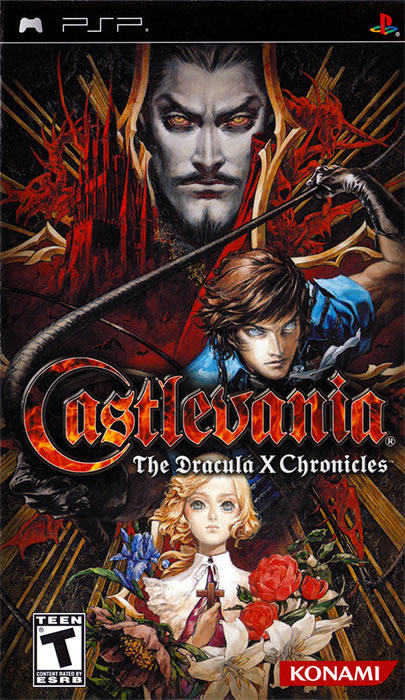
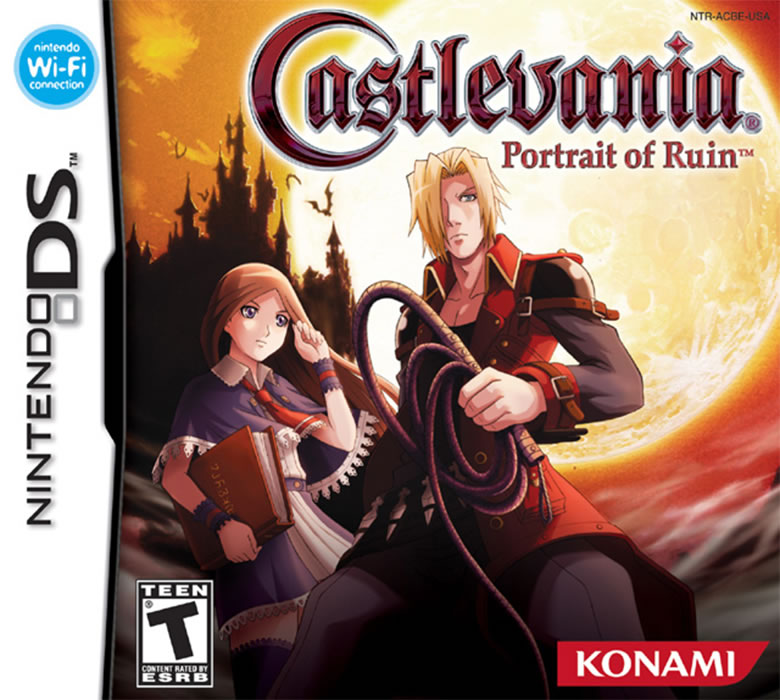
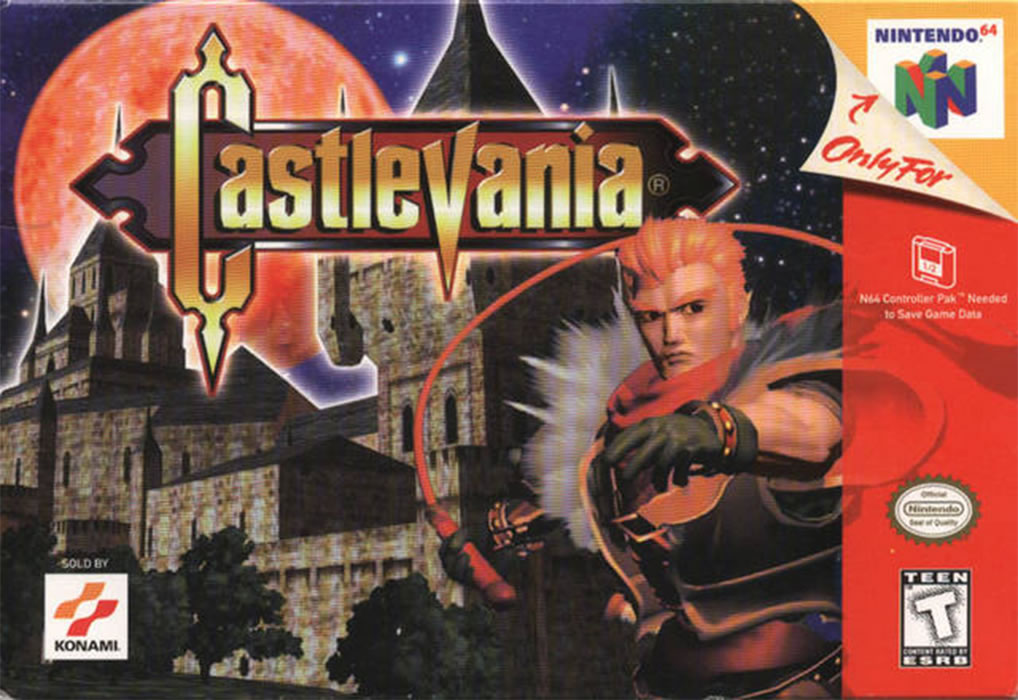
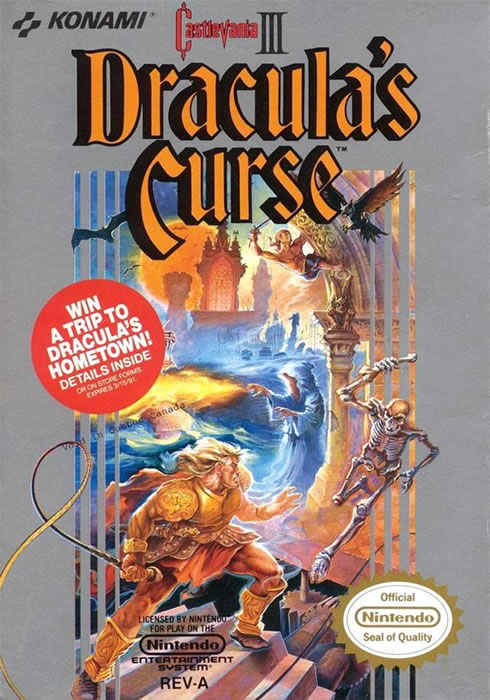
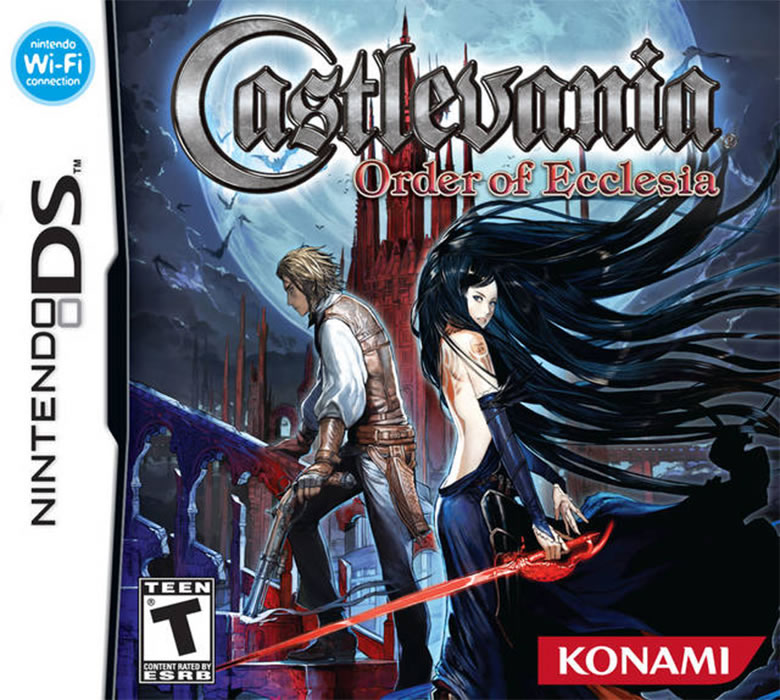
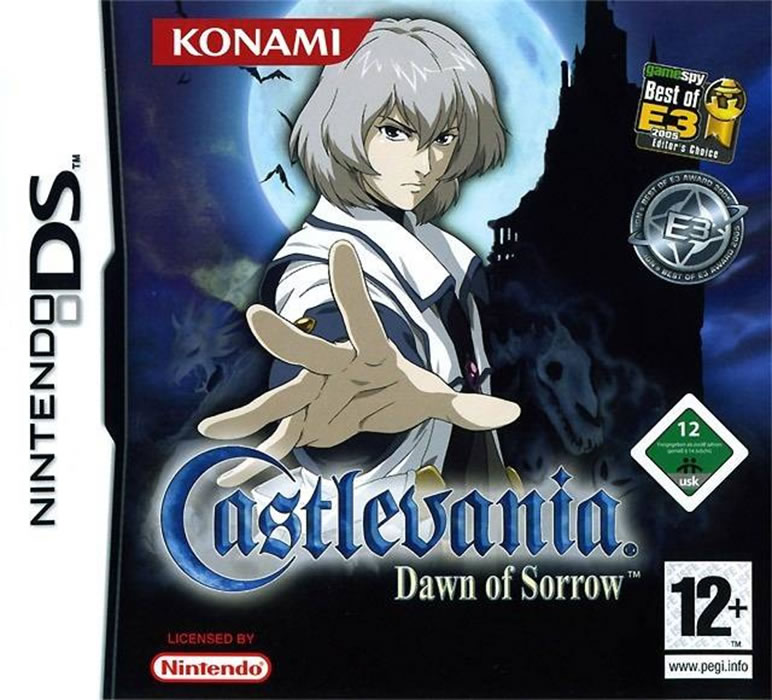
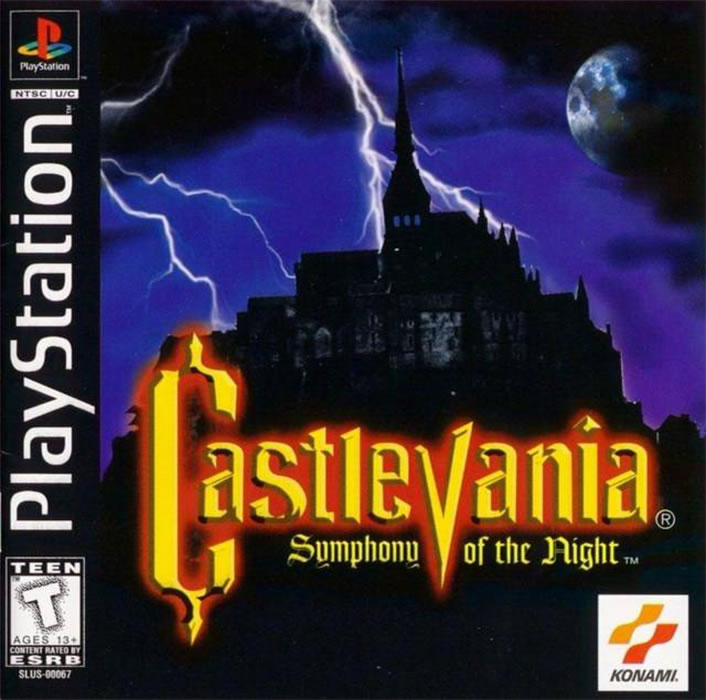
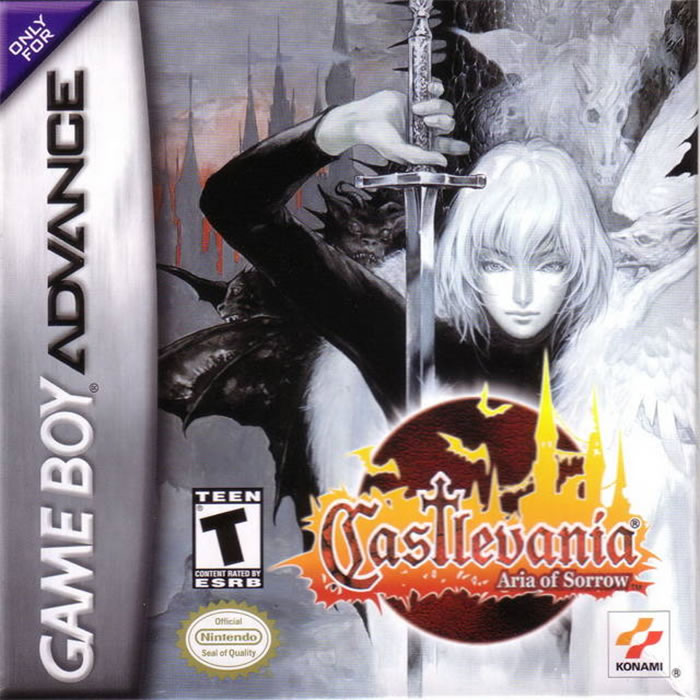
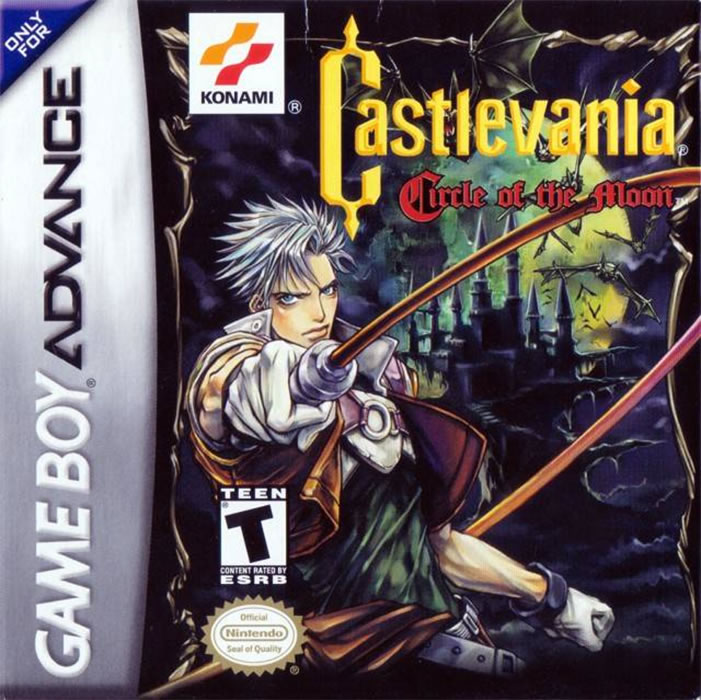
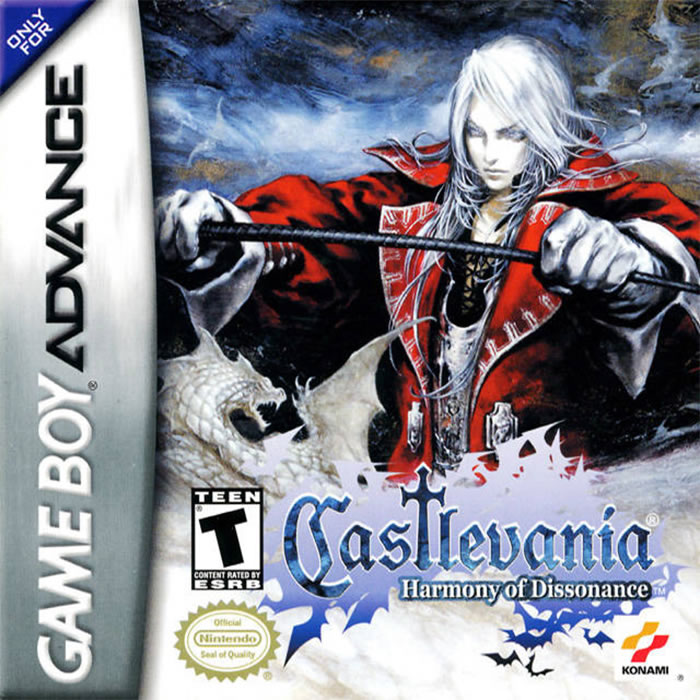
We already covered the bottom half of the countdown in yesterday's episode, which included a few questionable 3D installments and a fighting game so bad that it nearly derailed the entire franchise. Now it's time to wash the taste of blood out of our mouths with some of the biggest and most influential entries in this amazing series. Grab your favorite stake and pack some garlic, because today we're counting down Electronic Gaming Monthly's best-review Castlevania games. Don't worry, a whip is not required.

Castlevania:
The Dracula X Chronicles (PSP)#10If you want to see the biggest difference between the first part of our list and this second episode, then look no further than the systems the games were made for. While the bottom half may have been dominated with home console releases, most of the games we're going to be talking about in this top 10 list were made specifically with portables in mind. The first game we're going to talk about today perfectly bridges that divide. The Dracula X Chronicles packages two of the franchise's best console games together for a market that was accustomed to playing Castlevania on the go.
Based on the EGM reviews, this was a winning strategy. Jeremy does a great job explaining why this compilation matters: "Rondo of Blood has always been the Castlevania fan's holy grail. Released only in Japan for an obscure system, gamers have long lusted for a way to play the game without dropping a few hundred bucks on eBay." He loved the fact that this collection not only comes with a competent (but slightly underwhelming) remake of Rondo, but also the original 16-bit version and its sequel, Symphony of the Night. Mark agreed with Jeremy that the Rondo remake could have been better, but ultimately felt like these were minor problems in the face of an amazing overall value. "Classic Rondo alone would be a great budget title for virgin Western audiences; adding a remake and Symphony turns this into a no-brainer." While nowhere near as exciting as getting a brand-new game, EGM couldn't resist a great value and gave this classic Castlevania collection an average score of 8.3 out of 10.

Castlevania: Portrait of Ruin (DS)#9A decade after the release of Symphony of the Night, the tried-and-true Castlevania formula needed a shake-up. This was the fifth handheld game in the series in six years, and while the quality remained high, there was a feeling in the air that Konami needed to do something to keep the franchise from growing stale. Portrait of Ruin attempted to answer these concerns by taking inspiration from the past. As Jeremy explains, this second DS game feels "a little like Castlevania III on steroids." "Despite the overall Symphony-esque open-ended format, much of the game is broken into NES-style individual levels. It's a nice attempt to merge the modern Castlevania style with the classic feel, although it falls short of the source material."
Michael agreed that Portrait of Ruin was far from perfect, but liked that all of the new changes helped to break up the monotony of the previous titles. "Both the character-switching and the pseudo-levels make the main castle-crawling play less like a rotting corpse." He also complained about the anime art style and found the multiplayer stuff to be pointless. Overall, the editors liked the shake-up, but found Portrait to be too repetitive and uneven. With an average score of 8.7 out of 10, this is the lowest-rated Castlevania game released on either the Game Boy Advance or Nintendo DS.

Castlevania (N64)#8If you are a long-running franchise looking to make a statement, then one of the best ways is to drop the numbers and subtitles and go back to the original name. This tells consumers that this series is rebooted or changed in a meaningful way, making it a good starting point for anybody who missed the previous entries. That said, there are definitely risks associated with making this statement, especially if the shake-up doesn't stick. That's the case with Castlevania on the Nintendo 64, the game that was designed to usher in a new era of 3D vampire hunting. It did not. While it managed to score a speedy sequel that landed at sixteenth place, this was not the template for the series going into the 21st century. Hell, it wasn't even the template for 3D Castlevania games, as both Lament of Innocence and the Lords of Shadow borrowed nothing from this 64-bit entry.
Obviously, the EGM editors didn't realize that at the time. What they saw in 1999 was a solid 3D action/platformer with a lot of potential. Dan describes it as playing more like "a gothic mix of Tomb Raider and Mario 64 than ... well, Castlevania. Is that necessarily bad? As you can tell by my score, no. Castlevania is a work of art." The one caveat that all of the editors had was that has a painfully slow start. Hell, Crispin started his review noting that "It gets better" are the three words that best sum up this game. John D. expands on this point by saying that "for the first 30 minutes or so, you'd be forgiven for dismissing Castlevania as another crappy 3D action/platformer. Stick with it for longer, though, and it reveals itself to be an atmospheric and superbly designed adventure that seems to increase in quality the further you progress." Although polarizing now, Castlevania on the Nintendo 64 managed to average an impressive 8.75 out of 10, making it the best-reviewed 3D game in the entire franchise.

Castlevania III:
Dracula's Curse (NES)#7Because Electronic Gaming Monthly launched years after the original Castlevania and Simon's Quest, we'll never truly know how they would have scored the first two games. About the closest we'll come is Castlevania III: Dracula's Curse, which gave the critics a chance to compare it to the divisive second chapter. A good example of this is Sushi-X, who seems to prefer this over the open world change we saw in Simon's Quest. "A return to the original format certainly warms my heart, as long as no one drives a stake through it." He liked the new enemies and switching between the different characters.
Ed, on the other hand, called Castlevania III "familiar." Giving it the lowest score of the bunch, he notes that it's a "good game from start to finish. The graphics and music are top notch and the quest is still entertaining after parts one and two." Martin, who considered himself to be a hardcore Vania fan, said that Dracula's Curse is "vampire hunting at its best." "Unbelievable graphics and a superb soundtrack contribute to the original style of play." Sadly, we'll never know if Simon's Quest would have topped the 8.75 average we saw from Castlevania III, but that seems unlikely based on the temperature of these reviews.

Castlevania: Order of Ecclesia (DS)#6Reviewed just two issues before EGM's (first) untimely death, Order of Ecclesia also marks another sad ending. Aside from the Lords of Shadow series and a couple unfortunate spin-offs, this 2008 hit is the final game released in the main Castlevania series. That means we haven't had a proper 2D installment in thirteen years, which I think we can all agree is an absolute travesty. On the bright side, Konami had the good sense to leave the franchise on a high note. In the sole EGM review, Shane liked the new character, the innovative glyph system, the way you traverse the world and the layers of things to collect. In fact, he toyed with saying that Ecclesia is actually better than Symphony of the Night. What got in the way? "Unfortunately, a well-intended set of subquests that has you running all over creation to rescue kidnapped villagers ends up becoming a disastrous chore when you're forced to comb every pixel of the game world to do their meticulous bidding. You must rescue everyone in order to access the last third of the game, and the paucity of in-game hints to help you invokes the all-too-classic frustration of Simon's Quest." That gripe aside, Shane loved the adventure and concluded that Order of Ecclesia breathes new life into this long-running, often self-contained franchise. With an A- score, this final Castlevania sequel lands at sixth place.

Castlevania: Dawn of Sorrow (DS)#5Admit it 'Vania fans, Konami is not always good at jumping from one platform to the next. They have a tendency to want to either reinvent the formula for a new generation or aimlessly search for the next big idea. But that wasn't the case with the hand-off from the Game Boy Advance to the Nintendo DS. Instead of making drastic changes to the formula, they opted instead to pick up right where Aria of Sorrow left off. As Shoe puts it: "Musty hallways. Skeletons, bats and flying Medusa heads. The sick weapon that's just out of reach because I haven't scored the double-jump boots yet. Wait ... haven't I visited this castle many times before? Yes, Dawn of Sorrow walks down the same design path as its GBA predecessors, but that's just fine because it has the same excellent pacing that makes exploration, combat and leveling up so compelling."
Shane liked that Dawn of Sorrow was little more than a really polished version of the Castlevania formula. In fact, he started out his review by explaining that, in many ways, this first DS game is actually better than Symphony of the Night. "Here, girly-man hero Soma Cruz amasses more varied equipment, masters more powers, and weaves his way through a perfectly paced, respectably difficult side-scrolling adventure. Everything fits into place. Vibrant graphics, tight controls, inventive boss encounters, and a haunting musical score combine to form a remarkable gameplay experience." With an average score of 9 out of 10, Dawn of Sorrow is the highest-rated Castlevania game released on the Nintendo DS.

Castlevania: Symphony of
the Night (PS1)#4One of the reasons why Konami failed to reboot the Castlevania series on the Nintendo 64 is because they didn't need to -- Symphony of the Night had already successfully rebooted the franchise two years earlier. Forget the 3D entries, this PlayStation classic was the driving force going forward. Every time Castlevania released a 2D game, it was based on the blueprint of Symphony of the Night. This one game changed the franchise forever and sent ripples throughout the games industry that we're still feeling today. I don't think it's too much to say that Symphony of the Night was the most important game in the series since the original Castlevania.
Kraig is quick to state the obvious: "How ironic that Castlevania X, one of the PlayStation's best games, is 2D." The rest of the editors agreed. Crispin explains that "this is exactly what I'm looking for in a 32-bit Castlevania game: Great graphics and animation, plenty of way-cool bosses and tight 2D gameplay." John also loved it, but did have a couple of complaints. "One, I think the voice acting bites. The voices themselves are fine -- but the actors don't seem to understand their parts, and it adds an element of cheese I'd rather not have to deal with in a game of this caliber. Two, the game is a bit too easy, which is a letdown because past Castlevania games have been known to be tough." Minor complaints aside, everybody loved Symphony of the Night. Few realized just how influential it would be for the series and industry, but with an average score of 9.25 out of 10, it still manages to come in at number 4.

Castlevania: Aria of Sorrow (GBA)#3From the early Game Boy titles to the Nintendo 64 oddities to the weirdly inconsistent games found on the PlayStation, we've covered a lot of ground in these two episodes. Now that we've knocked out all of the other systems, it's finally time to talk about Castlevania's favorite home -- the Game Boy Advance. Between 2001 and 2003, Konami managed to release three Symphony-inspired sequels on Nintendo's 32-bit handheld, all of which were met with high marks from the review crew. This was Castlevania's most consistent moment. But in a world where one of them has to be the weakest link, Aria of Sorrow is the installment that comes up short.
Now, let's not overreact, because this final Game Boy Advance game still managed to average an impressive score of 9.3 out of 10. It's literally the fifth best-reviewed Game Boy Advance game of all time, so don't feel bad about its placement here. What ultimately brought this game down was a debate that played out between two of the editors. John liked a lot about the game, but had a few complaints: "Aside from finding a handgun fairly late in the game, I can't remember anything that really took advantage of the futuristic setting, which is disappointing. My only gripe is that it ends too soon. There's plenty of stuff to keep you busy, but the main quest this time around is a bit short." Shane gave the game a higher score and pushed back on that last point. "Don't listen when John 'the Hater' knocks Aria for its length -- he's dead wrong. Getting the true ending took me just as long as achieving 200 percent in Harmony of Dissonance, and there's plenty of incentive to replay. Trust me. Buy this game." With both Shane and Mark going hard, it's ultimately John's lower score that brings the average down to a 9.3 out of 10, which is enough for a third-place finish.

Castlevania: Circle of
the Moon (GBA)#2When the Game Boy Advance was released in 2001, fans had plenty of great options to choose from. From Mario to Tony Hawk to a new F-Zero game, the launch line-up was stacked. But while those may have been heavy hitters, there was only one GBA launch game that mattered -- Castlevania: Circle of the Moon. Coming four years after Symphony of the Night, the EGM editors were desperate for another game just like that. This is exactly what they got in Circle of the Moon, the game that solidified the franchise's shift towards large, interconnected worlds. In a lot of ways, this was exactly the game that Castlevania fans had been waiting for.
Mark puts it perfectly: "As far as I'm concerned, this is the best reason to own a GBA so far. Graphically it's a bit dark and hard to see, but with a good light source you can fully appreciate the crisp and very detailed visuals." Jonathan called it a "masterpiece of 2D gaming." "Konami's taken the best parts of Symphony of the Night and Dracula X, merged them on the Game Boy Advance, and added a metric ton of new abilities via a card-collection system." Che also loved the game, going as far as to give it a perfect 10 and concluding that it's "probably the best handheld title, outside of Tetris, that I've played." To be fair, there were complaints about a weak story and repetitive action, but none of that hurt the game's average. With a score of 9.5 out of 10, Circle of the Moon is not only the second-best reviewed Castlevania game of all time, but also the highest scoring Game Boy Advance launch game.

Castlevania: Harmony
of Dissonance (GBA)#1When we looked at Electronic Gaming Monthly's best-reviewed games of 2002, many were surprised that a Castlevania sequel released on the Game Boy Advance was able to outscore Metal Gear Solid 2, Super Smash Bros. Melee, Final Fantasy X and even Grand Theft Auto III. This was not hyperbole, because Harmony of Dissonance is indeed that good. Greg sums it up perfectly: "Circle of the Moon was really good, but Harmony of Dissonance is great. Just about everything I didn't like about the first GBA vampire-slaying adventure has been fixed here." He concluded that he hasn't been "this into a Castlevania game since Symphony of the Night" and gave it a 10.
The other editors weren't ready to give the handheld game a perfect score. John docked points because the game is too easy and the music is a step down from Circle of the Moon, but called it the "perfect mix of action and exploration." "Several nights in a row I found myself playing until two or three in the morning, continually promising myself that I'd go to bed after finishing 'just one more area.'" The three editors agreed that this was the closest Konami had come to matching Symphony of the Night. With an average score of 9.7 out of 10, Harmony of Dissonance is not only EGM's favorite Castlevania entry, but it's also their highest-scoring Game Boy Advance game of all time. Simon Belmont would be proud.
HOME |
CONTACT |
NOW HIRING |
WHAT IS DEFUNCT GAMES? |
NINTENDO SWITCH ONLINE |
RETRO-BIT PUBLISHING
Retro-Bit |
Switch Planet |
The Halcyon Show |
Same Name, Different Game |
Dragnix |
Press the Buttons
Game Zone Online | Hardcore Gamer | The Dreamcast Junkyard | Video Game Blogger
Dr Strife | Games For Lunch | Mondo Cool Cast | Boxed Pixels | Sega CD Universe | Gaming Trend
Game Zone Online | Hardcore Gamer | The Dreamcast Junkyard | Video Game Blogger
Dr Strife | Games For Lunch | Mondo Cool Cast | Boxed Pixels | Sega CD Universe | Gaming Trend
Copyright © 2001-2025 Defunct Games
All rights reserved. All trademarks are properties of their respective owners.
All rights reserved. All trademarks are properties of their respective owners.













